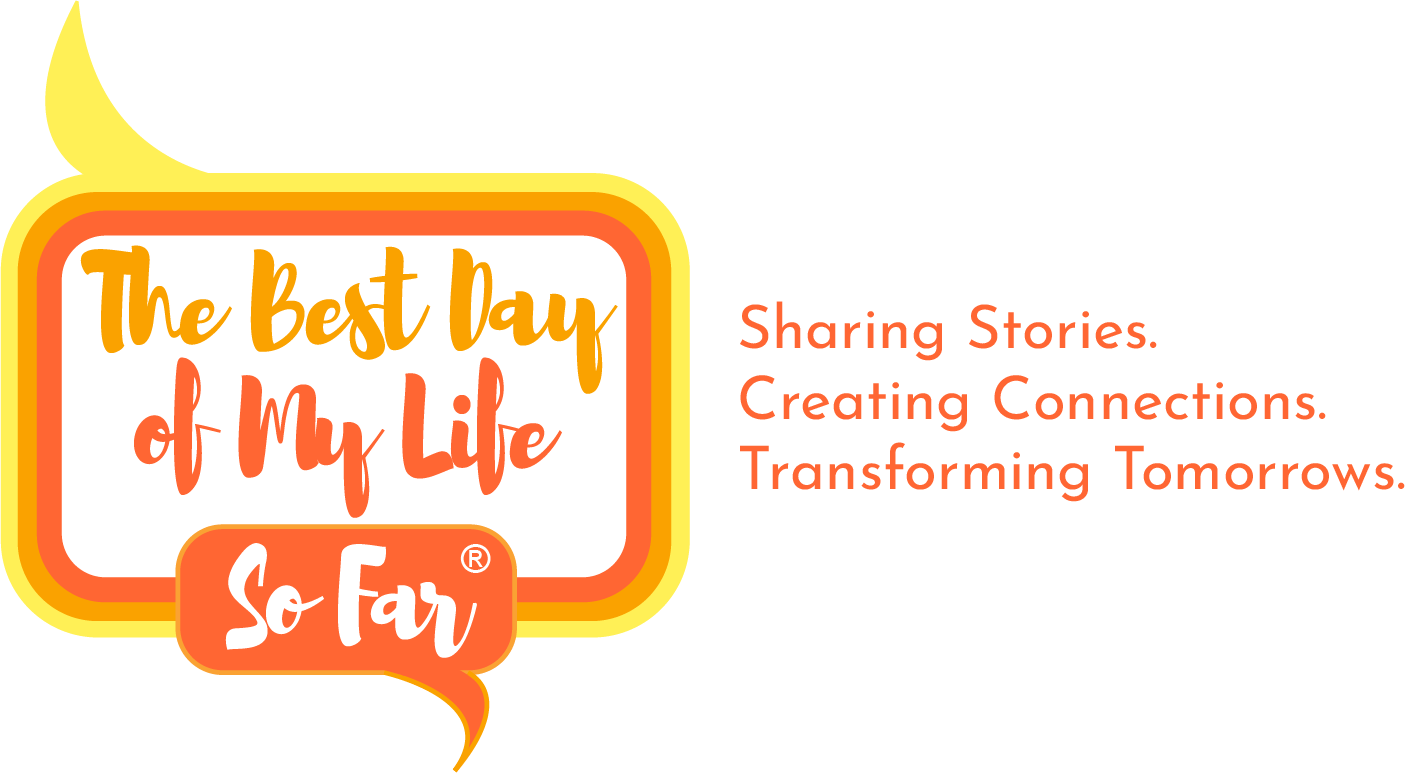By Norman Cain, July 16, 2020 — In 1960, William Randolph Hall, who was commonly and fondly known as Sonny Hill founded Charles Baker professional basketball league in Philadelphia. Throughout the fifties and sixties, the National Basketball Association had a player (by nationality) quota system. Only a limited amount of Afro Americans could be retained on their rosters. As a result, many pro-level Afro Americans were denied the opportunity to play at a professional level. As a result of that quota system, many professional-level African Americans found themselves on the outside of the fortified walls of the NBA.
Thanks to the great organizing ability of Sonny Hill many Afro American professional level basketball players embraced a platform that allowed them to exhibit their skills. Initially, the games were played on playgrounds throughout the city, specifically Moylan Center, a recreation center at 25th and Diamond Street. Eventually, games were held inside of the Moylan Center thanks to Charles Baker, a basketball enthusiast and city commissioner who pulled some strings to have the center gym opened. Mr. Baker’s intervention was appreciated and just instilled to Charles Baker a basketball league.
By the late sixties, the league found a home in the Bright Hope Baptist Church at 12th and Columbia Avenue, now Cecil B. Moore Avenue. The professional contingency that played there was the Charles Baker League. The Sonny Hill sectors included three divisions: the Bill Cosby Future Division, which was middle schoolers, the Walt Chamberlain High School Division, and the Hank Gathers College Division. Games were played in the summer four days a week, beginning in the afternoon starting with the various levels; the middle school first and ending with the professionals whose teams were sponsored by Philadelphia area businesses like Gatton’s Real Estate, Duckie’s Dasherie, Tim Bates’ Rebar, Nate Ben Reliable and Spike Trophies. While the various levels of teams had players from outside of and beyond Philadelphia, the college and pros sectors had players who would migrate from areas throughout the country. Their player base was fast and filled with spell-bounding athletic feats and dribbled with flow that made spectators scream. Some of the greatest players in the nation showed their skills, all Americans filled the bench while playground players shined. The Baker-Sonny Hill games were carnivals, extraordinary. After the games, the bars and clubs thrived and house parties blossomed. Eventually, the league played their games at Temple University McGonigle Hall until 10 or 15 years ago.
I would be remiss if I did not mention that they eventually added a female component. Rev. Sol Murphy, who was a co-worker of mine at the West Philadelphia Boys Club at 35th and Haverford Avenue, was the commentator. He is the best sports commentator that I have ever heard. On July 22, 2017, a filmmaker Tony Paris debuted his film The Baker League Story and I was there and I got a chance to see all of these older basketball players my age, and their sons who many of whom became pro basketball players and coaches. And that’s just a story that really has to be written about, and it has been, but I think at another level.
One of the things that I’ll say about Mr. Sonny Hill is that he kept basketball alive in the city of Philadelphia. He’s not that tall, I saw him play in his youth but he was a great basketball player. He was twenty-eight years old before Detroit called him up and I guess he was too short and a little bit too old, but he was amongst the best that I’ve seen. Outside of being a basketball player, he was color commentator for the 76ers between 1973 and 1970, and he was also a color commentator I think for NBC for quite a few years. And even though he never played professional basketball on the courts, he did receive in the basketball Hall of Fame because of his input in the game. So here I go again, I guess I’ll have to go to my storage and pull out the old papers and start reigniting my old project.
Now see, what’s been happening, I just wanted to do a short thing, and I kept going, and I kept going, and I kept going. And it’s been taking a lot of time, a lot of positive time.
